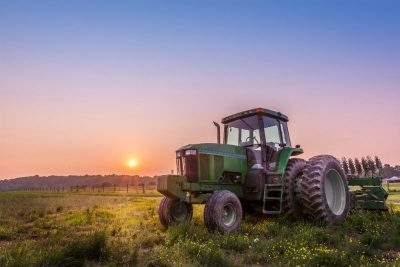
Despite three straight months of mostly dry weather, Virginia’s corn crop has not suffered.
The Virginia office of the National Agricultural Statistics Service reported that the state’s corn growers will average about 148 bushels an acre, an increase of 2 bushels an acre over 2018. Nationally, the U.S. Department of Agriculture crop production forecast predicts a national corn harvest of 55.5 million bushels—a 17% increase over last year.
Ronnie Forrester, a grain farmer in Lancaster County, attributes his successful corn crop to good timing. “A lot of the corn was planted early this year, and we had rain at the right time,” he said. “In my area, I had corn that did very well, and corn that didn’t do very well. But it’s very spotty; some growers only 7 to 8 miles from me had record yields this year.”
He added that some cornfields produced 180 bushels and acres and some 120 bushels an acre. “That’s not bad, considering the drought,” Forrester said.
If corn plants receive enough moisture before and during their fertilization periods, they grow much better, Forrester explained. He said a late-summer heat wave did more to hurt his crop than the drought.
“I had corn in some fields producing more than 200 bushels an acre, but when you got to the bottomland along the Rappahannock River where the heat gathered, those yields dropped. A lot of people don’t realize how much stress heat can put on a corn plant.”
The dry weather did adversely affect some of the state’s soybean crop. The NASS report predicts Virginia soybean production will be down 14% from last year, at 21.3 million bushels. Yields are expected to average 38 bushels an acre, four bushels lower than in 2018.
“We had the prettiest soybean crop I’ve ever seen back in June, and when it turned dry those yields dropped,” Forrester said. “Our soybean yields were cut in half in certain places. But where we did get rain in certain areas, the beans look good.”
Tropical storm Nestor brought rain the week of Oct. 21, providing adequate moisture for crop and pasture growth, the NASS report said.
Many small grain producers were waiting until rain came before planting winter crops, so some farmers will be planting seed while they harvest corn and soybeans in the coming weeks, according to Robert Harper, grain marketing manager for Virginia Farm Bureau Federation.










